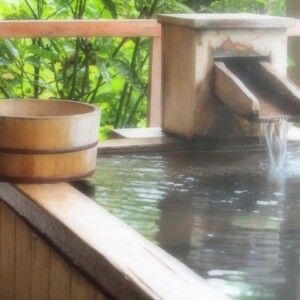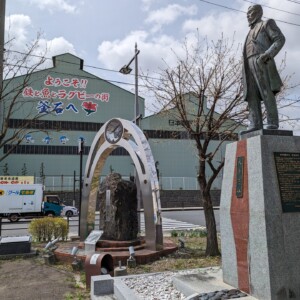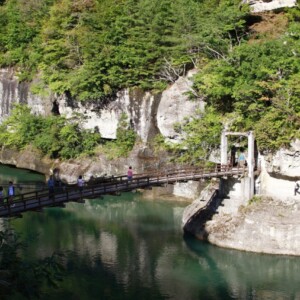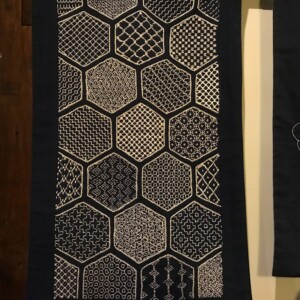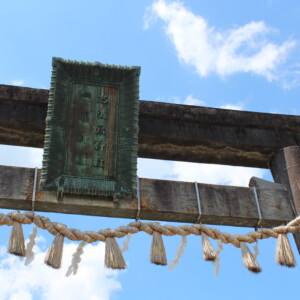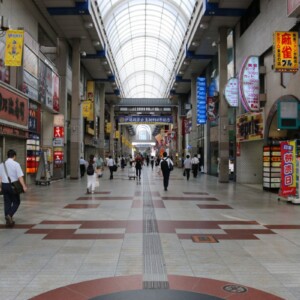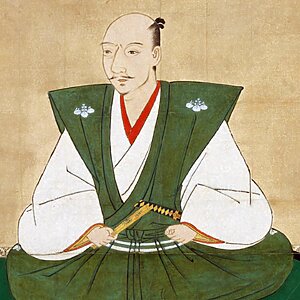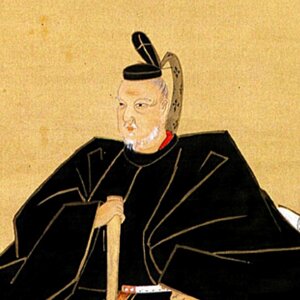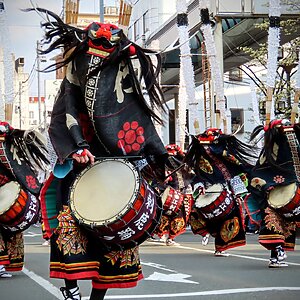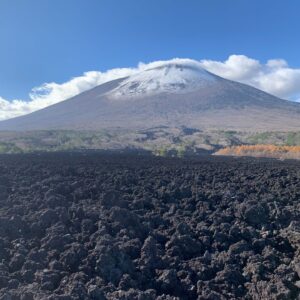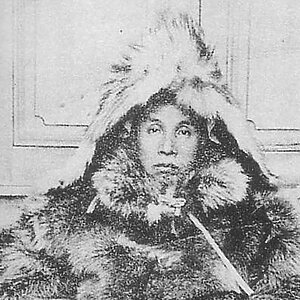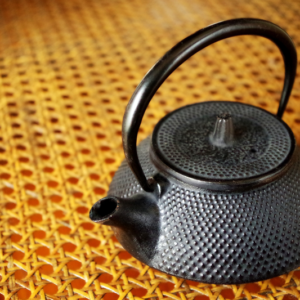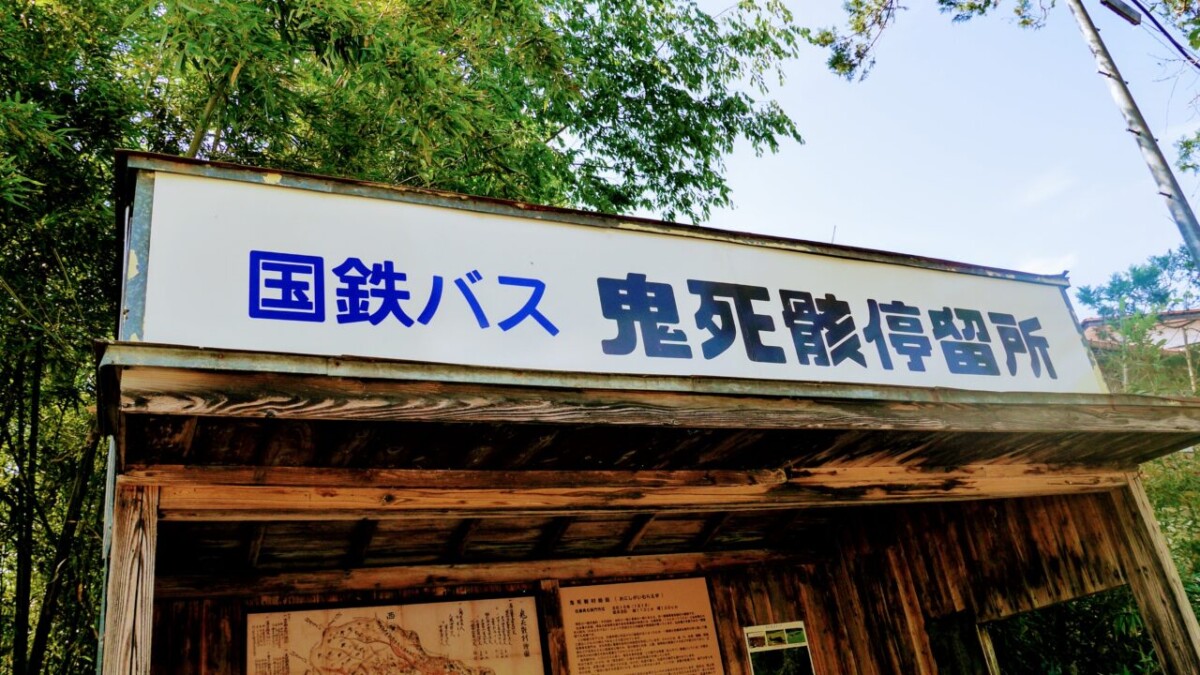
What is the "Devil Corps Village" that actually existed in the Meiji period? Iwate Prefecture, which explores the legend and true identity of demons.
table of contents
Have you "Onishigamura"
Its name became known to the world after it was used as the setting for the novel "Kimetsu no Yaiba Murder" (published in 1998, written by Tatsuya Yoshimura, published by Kadokawa Haruki Office), but in recent years "Demon Slayer: Kimetsu no Yaiba" ” is attracting attention again due to the boom.
I actually went to the site and investigated whether Demon Corpse Village really existed and what kind of village it was.
This time, we will unravel the origins of rare place names that are still passed down in the local community and the true identity of the demons.
What is “Demon Corpse Village”?
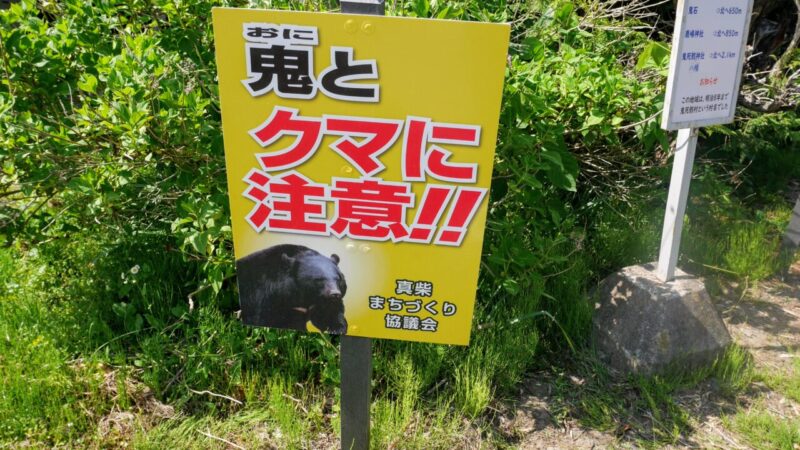
The first thing I saw upon arriving at the site ``Beware of demons and bears . The surrounding area is surrounded by a peaceful rural landscape, and it doesn't look like a demon is likely to appear.
Onishikakomura is the name of a village that existed in the southern part of Iwate Prefecture until 1898.
Due to the merger of municipalities, the village disappeared and became the current Mashiba district of Ichinoseki City. Although the place name "Oni Shikako" is no longer in use, its remnants can still be seen on NTT telephone poles as the main line name.
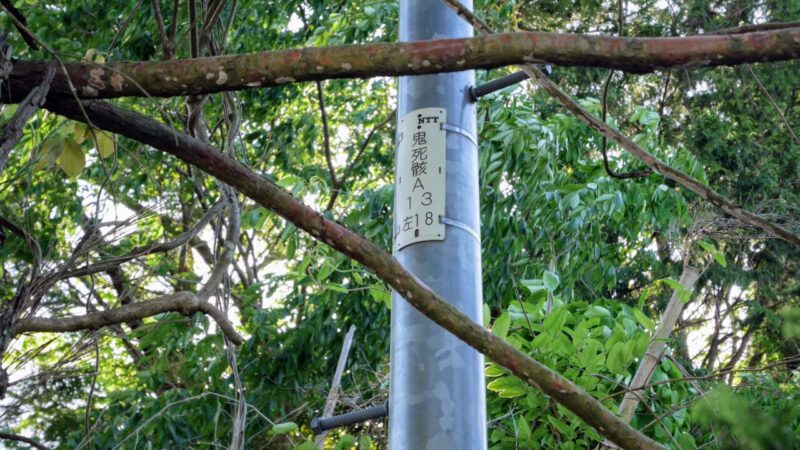
Along Prefectural Route 260 Ichinoseki-Hiraizumi Line, there was a bus stop with the words ``Demon Corpse'' written on it.
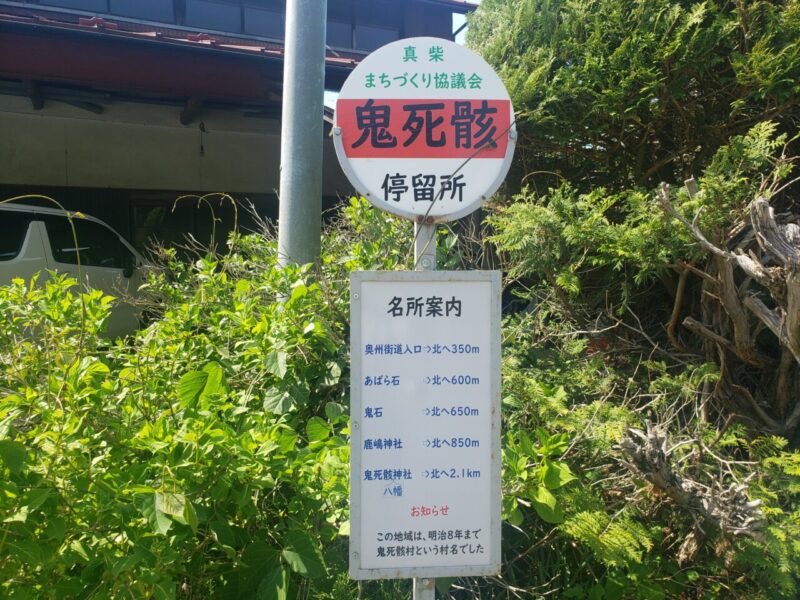
This bus stop was actually in use until 2016, but unfortunately the line has now been discontinued and only the bus stop and bus stop remain.
The ``Japan National Railways Bus Demon Corpse'' bus stop located right next to the bus stop .
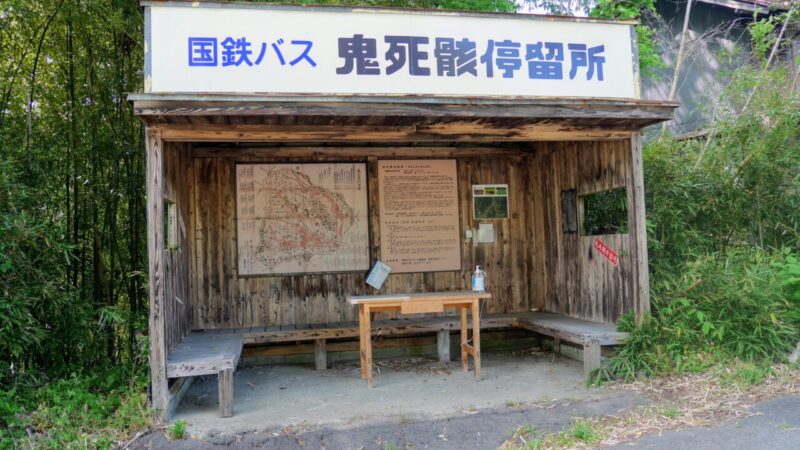
It is playing a new role as a tourist spot that tells the history of Demon Corpse Village. At the time of our interview, an old woman who appeared to be from the area was taking a break here. Just looking at the name, it seems scary and no one can approach it, but it seems to be a beloved resting place for the locals.
What we can learn from the illustration of the Demon Corpse Village
The Ichinoseki City Museum still has a picture of the demon corpse village.
This time I borrowed that precious image.
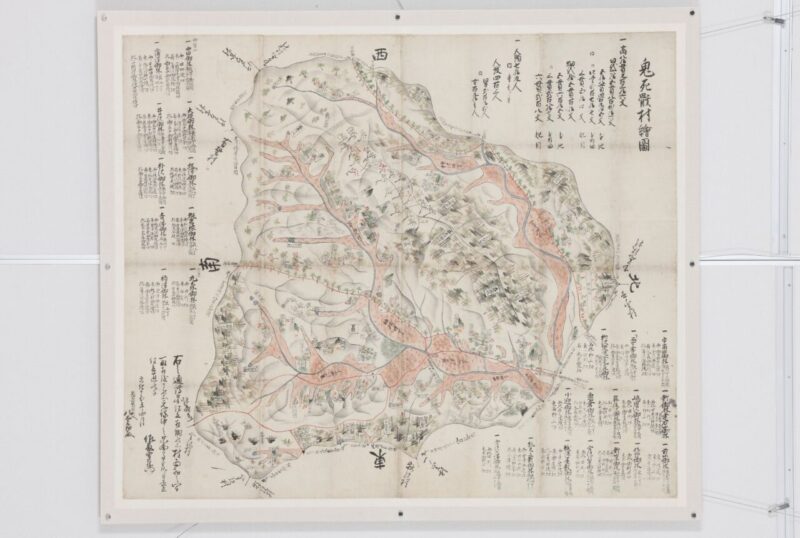
At the time the village actually existed, the population was about 400 people.
In the center of the village is Kashima Shrine, and just east of it is a stone with the word ``Oni-ishi'' written on it. This stone may be the key to unlocking the village's secrets.
Origin of place name
Why was this area once given the terrifying name "Demon Corpse Village"?
The mystery dates back more than 1,200 years to the Ezo conquest during the Heian period.
In the 20th year of Enryaku (A.D. 801), Sakanoue Tamuramaro, who was appointed by the Imperial Court as the Great Shogun, invaded Mutsu Province (present-day Tohoku region) in order to strengthen his control over the Tohoku region, and conquered many Emishi. fought to protect this land.
the Emishi leader Otakemaru, who fought bravely, was beheaded.
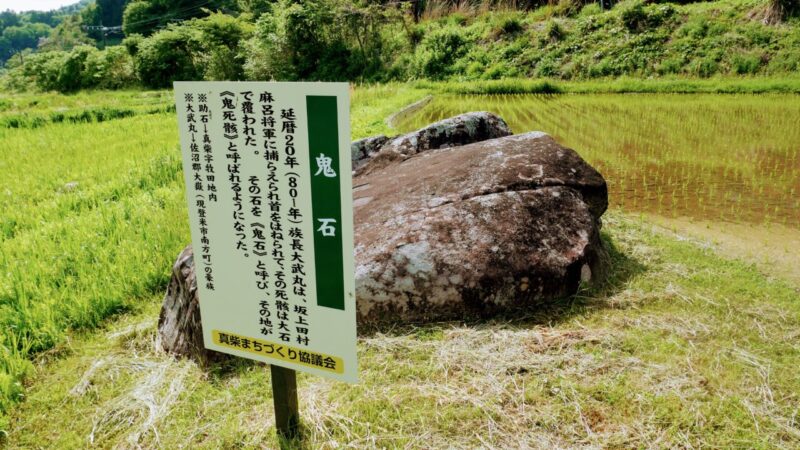
Daitakemaru's body from the neck down was buried near Kashima Shrine, and the burial place is said to be under the Onishi
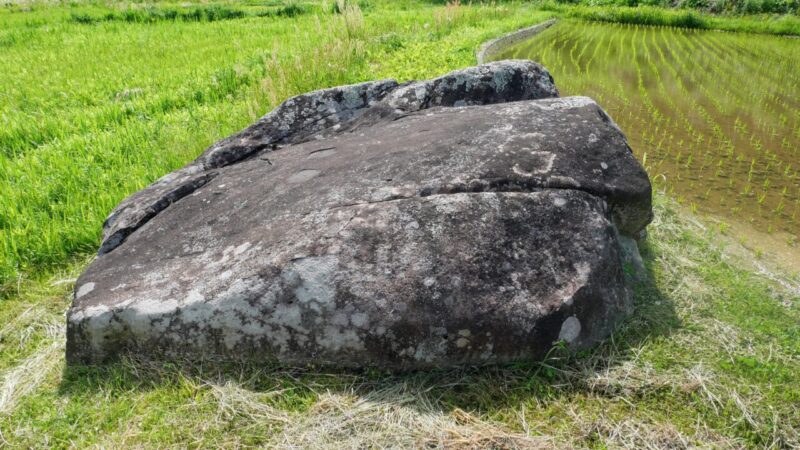
Some of you may be wondering, "What about from the neck up?"
There is a legend that Daitakemaru's head flew to Miyagi Prefecture and became the origin of the current name Onikobe, Osaki City, Miyagi Prefecture. (There are some theories about its origin.)
Introducing demon corpse goods
The Mashiba Town Development Council (located in Ichinoseki City Mashiba Civic Center), which works to disseminate the origins and historical sites of Demon Corpse Village to the next generation , produces and sells various goods named after the place. doing.
This time, we were shown some valuable demon corpse goods that can only be purchased here.
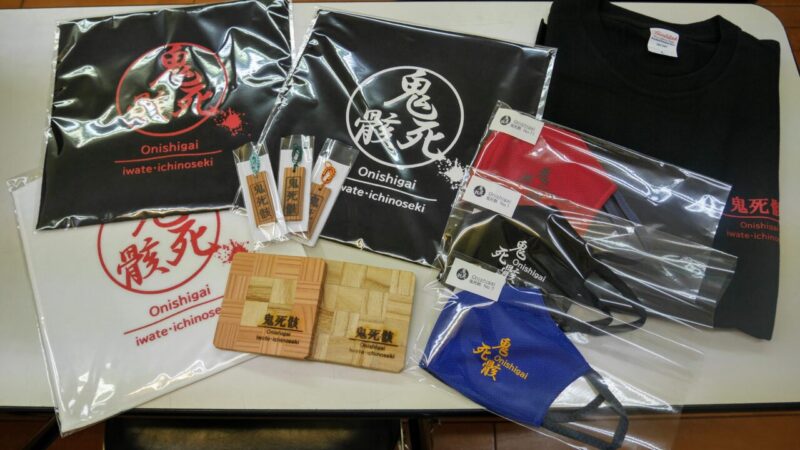
The ``wooden straps'' and ``marquetry coasters'' that make perfect souvenirs were made with the cooperation of local carpenters.
In the future, these goods will be included in Ichinoseki City's hometown tax return gifts. Until then, be sure to visit us and purchase!
a ``Modern Onishikamura Map,'' which is indispensable for touring places related to Onishikamura , and is distributing it for free at Onishikatsu bus stops.
In addition to the historical sites introduced this time, there is plenty of useful information for sightseeing on the demon corpse, such as ``Abaraishi'', which is said to be part of the corpse of Otakemaru, and the shrine ``Oni Shikako Hachiman Shrine'', which contains the name of the place where the demon corpse is located, so be sure to check it out. I recommend getting it.
summary
It turns out that the true identity of the demon in the Demon Corpse Village that existed during the Meiji era was Otakemaru, a hero of the Ezo clan who risked his life to protect the land of Tohoku where he was born and raised.
At a time when there were no maps or the Internet, the Imperial Court may have described people who lived in the unexplored Tohoku region and did not obey them as ``unknown beings = demons.''
From the perspective of the people living in Tohoku, Daitakemaru is not a demon, but a hero who bravely fought to protect his hometown and his friends.
I hope that his courage and spirit will be remembered forever, along with his unique place name.
JNR bus Onishikabo stop <Information>
- Name: JNR bus Onishikabo stop
- Address: 33 Mashiba Inori, Ichinoseki City, Iwate Prefecture
Google Maps
Mashiba Citizen Center <Information>
- Name: Mashiba Civic Center
- Address: 3-1 Mashiba Kawado, Ichinoseki City, Iwate Prefecture
- Phone number: 0191-26-2523
- Official URL: Mashiba Civic Center



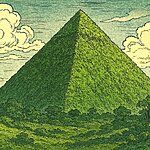
![[Oga Peninsula, Akita Prefecture] Meet the authentic Namahage! I went to Namahage Museum and Oga Shinzan Tradition Museum namahage](https://jp.neft.asia/wp-content/uploads/2023/05/namahage-150x150.jpg)



![What does "Shinobu Mochizuri" mean? Introducing related spots and folk tales [Fukushima Prefecture] 0127-000](https://jp.neft.asia/wp-content/uploads/2024/02/0127-000-150x150.jpg)
![The specialty of Genbikei, "Flying Dango," is definitely worth a visit! Delicious activities! [Ichinoseki City, Iwate Prefecture] Genbikei bus stop](https://jp.neft.asia/wp-content/uploads/2017/04/IMG_5931-150x150.jpg)
![Bottle Don is the definitive Sanriku souvenir that looks delicious! [Iwate Prefecture] Bottle don (abalone, scallop, salmon roe)](https://jp.neft.asia/wp-content/uploads/2023/06/IMG_5048-150x150.jpg)
